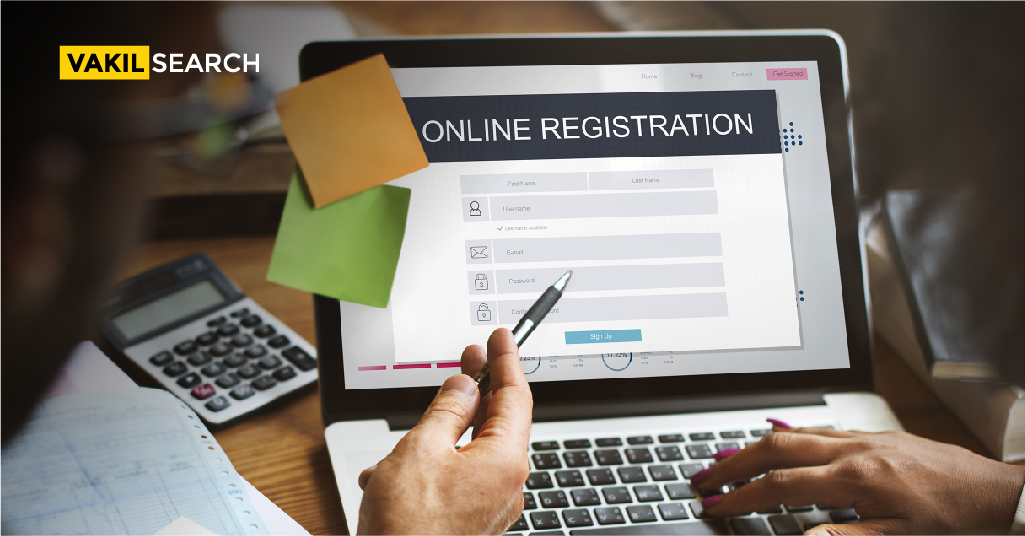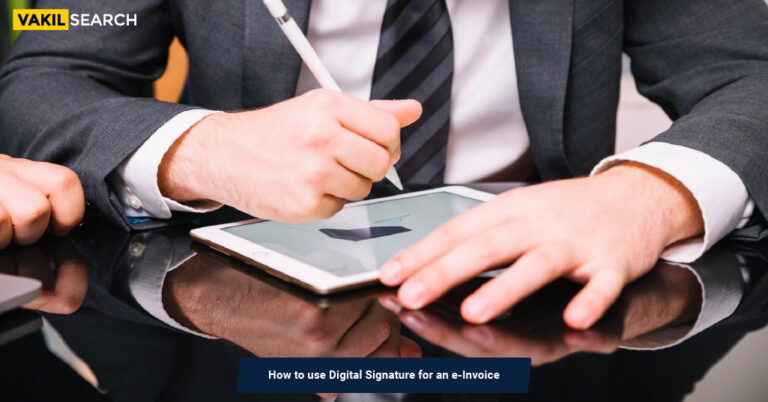Read this blog to know how you can create a digital signature online without any hassle.
How to Create Digital Signature Online?
There are certain online tools where you can create digital signatures. However, you need to be sure about the tool you are using to create one. Because in digital signatures, safety is imperative. Digital signatures are basically a mathematical mechanism for authenticating the legitimacy of digital documents and messages. When the conditions are met, a lawful digital signature offers the recipient great confidence that the communication was generated by a recognised sender (authenticity) and not altered in transit (integrity). Digital signatures are a ubiquitous feature of the majority of cryptographic protocol suites. They’re often used for software distribution, monetary transactions, contract management systems & software, and other conditions where it is prudent to avoid forgery or tampering. Keep reading to know how to make/ create a digital signature?
Where is Digital Signatures Used?
Every day, the influence of digital signatures becomes more apparent. Several firms have begun to use it to improve productivity while still safeguarding the integrity of vital papers. Let’s look at some of the significant digital signatures that will be used in the year 2022.
- Government: Because of its low cost and great security, governments have begun to use digital signs. The use of DSC in e-governance is engaged in practically everything, including introducing new legislation, tax returns: https://www.incometax.gov.in/iec/foportal/, contract management, ID cards, and more. These are all necessary papers, and employing a digital signature eliminates the need for a third party to be involved. This smooths out the process and decreases the risk of a leak.
- Legal Offices: Legal offices are in charge of some of the country’s most sensitive papers. The use of digital signatures has considerably decreased the cost of paper and labour. The security of essential documents is also a consideration.
- Healthcare: Digital signature has vastly enhanced the administrative procedure for healthcare and treatment. The admissions procedure now takes less time, and data security has increased.
- Military Forces: The military is one of the most critical and sensitive sectors of any country, and it has significantly benefited from the introduction of digital signatures. Specifically, information and security compartmentalisation has improved tenfold.
- Manufacturing Industry: To speed up the process, manufacturing organisations utilise digital indicators. This enhances product design and the number of items and sales.
- Finance Sector: The new-age banking procedure has reached its apex with paperless banking, contracts, and quick loans. Digital signatures made this feasible.
- Cryptocurrencies: Cryptocurrencies are complicated, and blockchain authentication is done through digital signatures. Digital signatures are also used to verify bitcoin transaction data, which helps to establish ownership.
What Is the Step by Step Process for Creating a Digital Signature?
You can create a digital signature by providing a one-way hash of the electronic figures to be signed using signing software, such as an email program.
A hash is a fixed-length thread of integers and letters generated by an algorithm. The encryption of the hash happens with the digital signature originator’s private key. Digital signatures consist of encrypted hash and other related information like the hashing method.
Because a hash function can turn any input into a fixed-length result, which is generally significantly shorter, encrypting the hash rather than the entire message or document is preferable. Hashing is considerably quicker than signing; therefore, this saves time.
A hash’s value is unique to the data it hashes. Even a character change of a single string of data will result in a different value. This property allows others to decode the hash using the signer’s public key to verify the data’s integrity.
It verifies that the data hasn’t changed after it was signed if the decrypted hash matches a second calculated hash of the same data. If the two hashes don’t match, the data was either changed and is now compromised, or the signature was made with a private key that doesn’t match the public key provided by the signer, resulting in an authentication problem.
The steps to create a Digital Signature are described below:
- Go to the eSign page for Smallpdf;
- Upload the signature-required document;
- Click on the ‘Add Signature’ tab to add a new signature;
- Drag your signature onto your paper after that;
- Click ‘Finish & Sign’ to save your document.
Or, you can use another software to eSign your documents:
If you’re the Sender, you can deliver a document for signing in three simple steps with VakilSearch eSignature:
- Upload your document to an electronic signing program like VakilSearch eSignature.
- Drag the signature, text, and date boxes to the areas where the receiver must act.
- Send the message. The receiver will receive an email with a link to the document they may access and sign using the electronic signature program.
If you’re the recipient—or signer—VakilSearch eSignature allows you to complete your signature in five simple steps:
- Open the email and request that your document is digitally signed.
- Please follow the link. Your document should open in an electronic signing program like VakilSearch eSignature.
- Accept electronic signatures. You may be asked to sign a document. Following confirmation,
- You should see tags with directions to Start or Sign if the document was delivered using VakilSearch eSignature.
- To add your electronic signature when necessary to sign or initial, click each tag and follow the instructions.
- Verify your identity and adopt your electronic signature by following the steps.
What is PKI?
The Public Key Infrastructure (PKI) is a collection of software, hardware, and processes for managing digital signatures securely. A pair of keys are used in each digital signature transaction: a public key and a private key. All individuals who need to verify the signer’s e-signature will have access to the public key. The signer’s private key is not shared with anyone else and will only be used to e-sign documents.
PKI also mandates using a certificate authority (CA), enrollment software, a digital certificate, essential management tools, and certificate management.
How does Signing Digitally Work?
Wondering how to create a digital signature? Here’s everything you need to know –
Digital signatures are unique to each signer and are created using a specific protocol called Public Key Infrastructure (PKI). PKI requires the provider to use a mathematical algorithm to generate two long numbers, called keys.
One key is public, and one key is private. When a signer electronically signs a document, the signature is created using the signer’s private key, which is securely kept by the signer.
In other words, a digital signature works by generating a unique hash of the message or document and encrypting it using the sender’s private key. The recipient then generates his own hash of the message or digital document and decrypts the sender’s hash using the sender’s public key.
If the hashes match, the message or digital document has not been modified, and the sender is authenticated.
FAQs:
1. Can digital signatures be forged or tampered with?
Digital signatures are designed to prevent tampering and impersonation in digital communications. They are generally considered more secure than electronic signatures because of the use of encryption technology. Any attempt to alter the document after it has been signed will result in an invalid signature.
2. Can I use digital signatures on mobile devices?
Yes, digital signatures can be used on mobile devices. Using a cloud signature, you can apply a highly secure digital signature backed by identification from a trusted third party, directly from your mobile phone.
3. Are there different types of digital signatures?
Yes, there are different types of digital signatures. For example, in the European Union, under eIDAS regulation, there are two levels of digital signatures: Advanced Electronic Signature (AES) and Qualified Electronic Signature (QES).
4. What are the standards for digital signatures?
Digital signatures are unique to each signer and are created using a specific protocol called Public Key Infrastructure (PKI). They can provide evidence of origin, identity, and status of electronic documents, transactions or digital messages and are considered legally binding in many countries.
5. Can I revoke a digital signature?
Yes, digital signatures can be revoked. If a signer's private key is compromised, the digital signature can be revoked by the signer or a trusted third party. Revocation is typically done through an Online Certificate Status Protocol (OCSP).
Conclusion – How to Create a Digital Signature?
The public key for a digital signature is contained in a digital certificate, identifying the identity connected with the key. Trusted authorities often issue valid digital certificates for a set amount of time. The certificate authority will serve as the process’s guarantee. This blog will help you with the steps to create a digital signature.
Also, Read:










